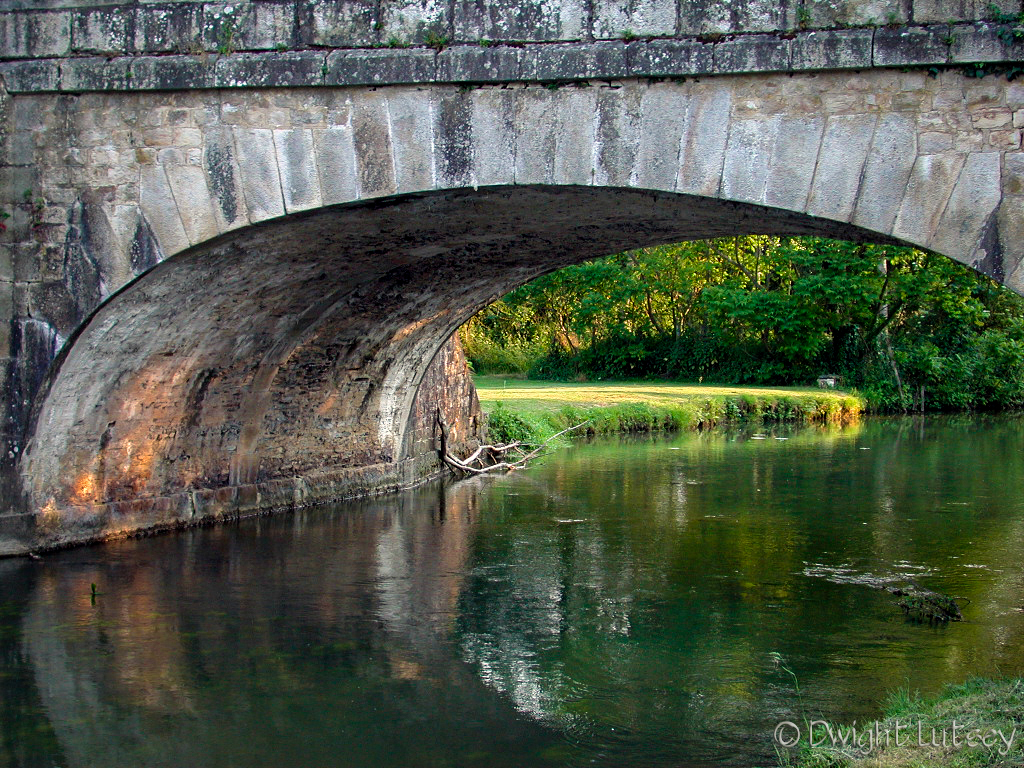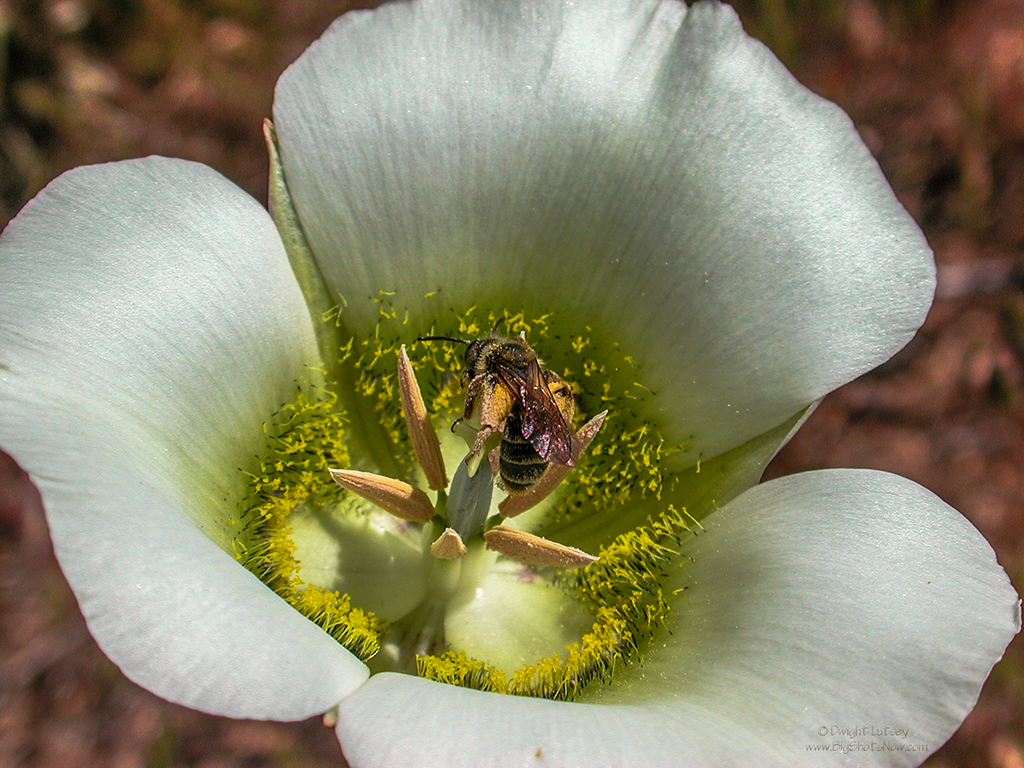Monet’s Bridge Loire Valley France
Note: This is a repost of one of our Top Ten Gifts for the discerning buyer originally published in December of 2013, a year that will live in infamy. In what has become a half-assed solemn tradition here at *The Institute we have been irregularly reposting these now famous gift selections when we remember to do so in a lame attempt to create a Holiday Tradition and mostly because we suddenly realize it’s Christmas time and we don’t have squat done. It’s fun and we don’t have to spend the time making new stuff up. Enjoy.
Direct from *The Institutes vast architectural holdings we are proud to present in our Top Ten Gift List for the first time anywhere
Monet’s Bridge !!!
Here it is, the gift you’ve been waiting for. Monet’s Bridge. Yeah, the painter guy. It’s a once in a lifetime opportunity to own a piece of French history that coincidentally is architecture and also has utilitarian uses. It’s a triple threat all rolled into one big chunk of masonry beauty. This bridge is located on the Little Loire river near the small French village of Beau en Valle in the heart of the famous Loire valley which is located well into France, a country near Europe. Paris is just a hop, skip and a baguette up the le road. Once the haunt of visitors wanting to escape the summer heat of Paris it has lately fallen on hard times due to a greatly reduced tourist count.
This is the actual bridge that Monet and his friends used to jump off of, stark naked, to skinny dip when he was a kid. The bridge where he was fascinated by the reflected colors that blended and swirled on the surface of the slowly moving Little Loire river that led him to create a brand new art style. This architectural beauty is perfect for that garden pond, French inspired walking garden, or simply used for access to that lower forty (wide enough for a John Deere model B tractor and hay wain to cross with room to spare). It can be yours if you move fast. This bridge in all its uniqueness is being sold first come, first served.
The bridge is complete with included guard rails and natural patina you see in the image above. Another lucky break for us came when we discovered that the French, again due to budgetary constraints, were discontinuing the Little Loire river as well. Unfortunately we didn’t find out about this until the river was mostly discontinued but we were able to salvage enough of the actual river water to make a 5½’ diameter pond 4′ deep on either side of the bridge plus some flowage between the two. Also included but not pictured are two road signs, the round white ones with the red circle around the outside with the number 45 in the middle. This historical marvel can be yours for the plebian price of just
Monet’s Bridge 104,953.00 FRF **
item #12312017-1 under bridges sorta famous p.27 in our catalog
Note: Bridge is to be sold intact and must be moved as one piece, includes 50′ of roadway on either side of bridge. Buyer responsible for transportation and permits to allow structure to be moved through the French countryside to the Port of Marseille a distance of 904 km or 562 miles. Any costs of dismantling or razing of French buildings or rerouting phone and power lines to allow transport is the sole responsibility of buyer, as is damage to the French highway system and security to protect workers from angry French citizens. Buyer must post bond equaling $80.00 American and surrender passports until move completed. Buyer must sign agreement not to make fun of French language or make impertinent remarks about local food or culture. Buyer must adhere to strict three-day work week.
** $16,000.00 U.S.
* Note: For those of you unfamiliar with The Institute and what it does, please see the page labeled The Institute on the Menu Bar above. That should explain everything. You shouldn’t have one single question remaining regarding The Institute after reading it. None. For those of you favored few who already know about the Institute, Nevermind. Return to your daily activities. Thank you for your support.



You must be logged in to post a comment.